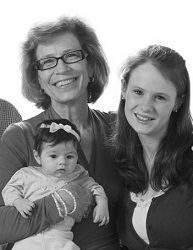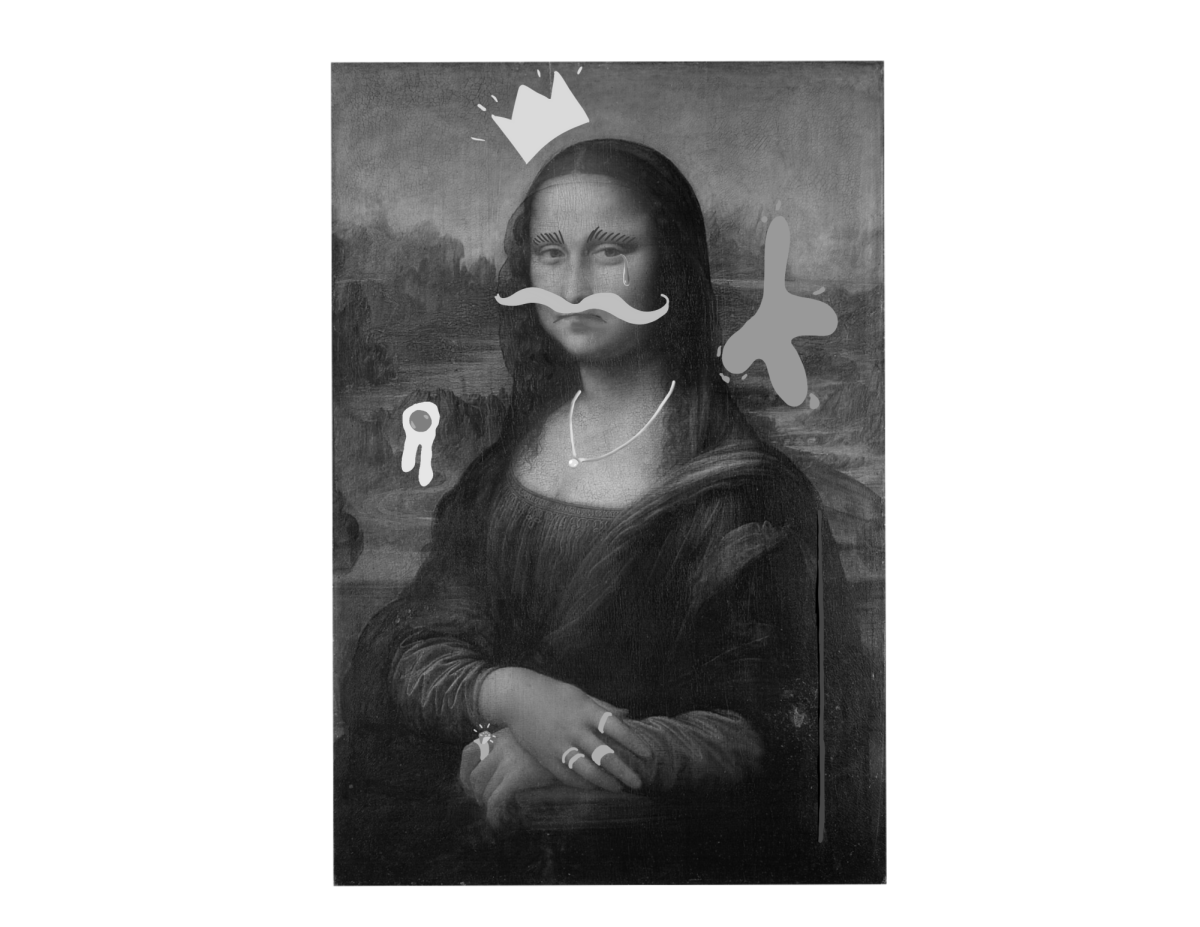Even after having visited 125 countries around the world, photographer Annie Griffiths is proud to say, “Minnesota is still my home.” Ms. Griffiths grew up in Edina and graduated from the University of Minnesota, in fact her first newspaper job was working for the Minnesota Daily. But since then she has gone on to become one of National Geographic’s first women photographers, publish three of her own books and recently begin a nonprofit organization called Ripple Effect Images.
On top of all this, Annie Griffiths is also one of National Geographic’s most popular lecturers, and I had the opportunity to see her speak last Tuesday at the Minneapolis Photo Center. Her presentation was funny, inspiring and of course filled with stunning images. Griffiths began by explaining the stages of her photography career. After over thirty years of experience, Griffiths came to the conclusion that her job “really is to not make a fuss, to just kind of disappear and be warm and non-threatening… not hide and sneak” in order to capture that great shot. Whether she is photographing wild life, American farmers, or an African tribe, she finds that “the bottom line is you are a guest in their place, in their world, and they will decide whether or not to accept you.” It was insightful advice for anyone considering a career in photojournalism.
Her travels also made her “aware of environmental changes” and as she “spent a lot of time in the third world [she saw] how this affects people who are living on the edge” between life and death. These experiences pushed her to make a difference, which lead to Ripple Effect Images. Ripple was founded by photojournalists committed to documenting the effects of climate change on poor women around the world. Many people ask, well why just women? And Griffiths explained “when climate changes, the facts are that women suffer much much more than men, and it makes sense when you think about it. The women are the ones who have to go farther and farther for water… when drought causes diseases it’s the women who take care of the sick” yet out of every dollar that is donated only 2 cents will go to women and girls. “It’s so clear that women are the world’s best investment,” says Griffiths, because they will take 90% of their earnings and put them back into their families and communities, where men will typically only give around 30%.
Annie insisted that these women “do not want to be pitied, they just want to be given an opportunity to better their lives and the lives of their children… that message needs to get out,” and that is what Ripple Effect Images attempts to do. They send out teams of photographers to document women directed programs that are already making changes. Their photos are given to the non-profit organizations for free in order to promote their programs so they can receive more publicity and donations. An example would be a group in Kenya that teaches women how to make sand dams, so they don’t have to walk as far for water. In some places women have to walk eleven hours a day just for water, and it keeps them from doing other things, like going to school. Another program gives women training to become better midwives or dentists, which in turn lessens the amount of preventable deaths from things like infections. Others provide instruction and materials to build solar lamps, so women can do things at night, like study. What the photographers do at Ripple is “a very simply concept,” help programs that help women help the world, and Annie is happy to report “it’s working.”
Annie Griffiths’ accomplishments go to show that with a lot of passion and hard work, you can succeed in a career you love and make a difference all at the same time.































